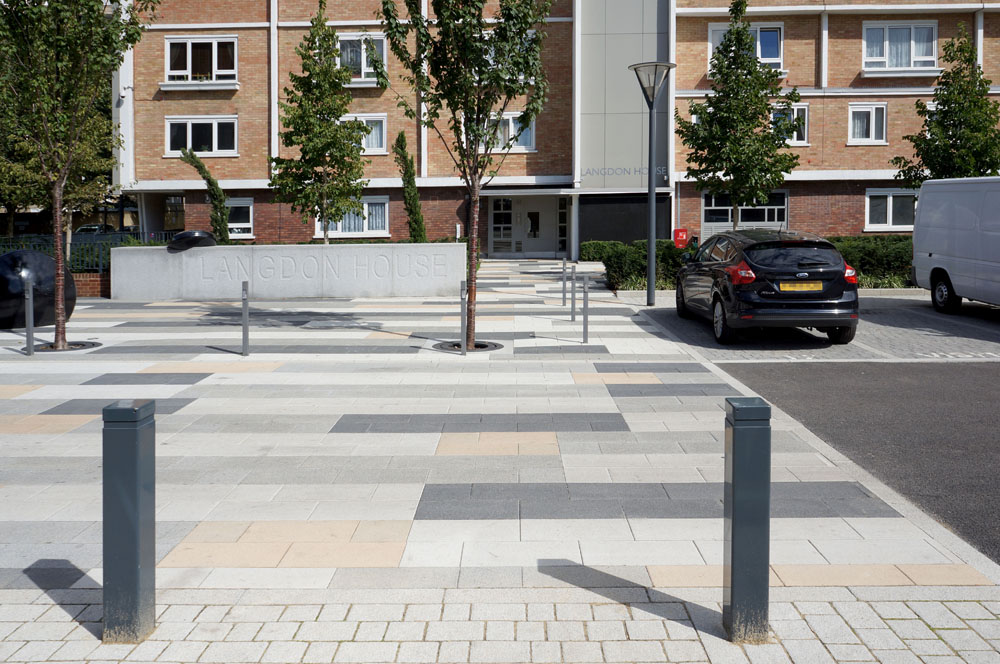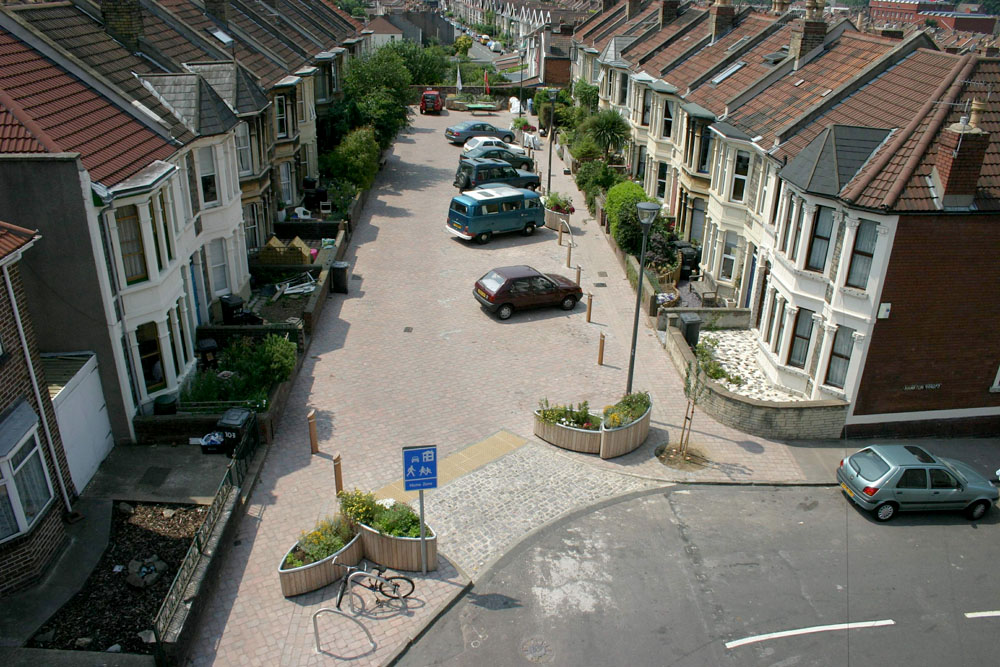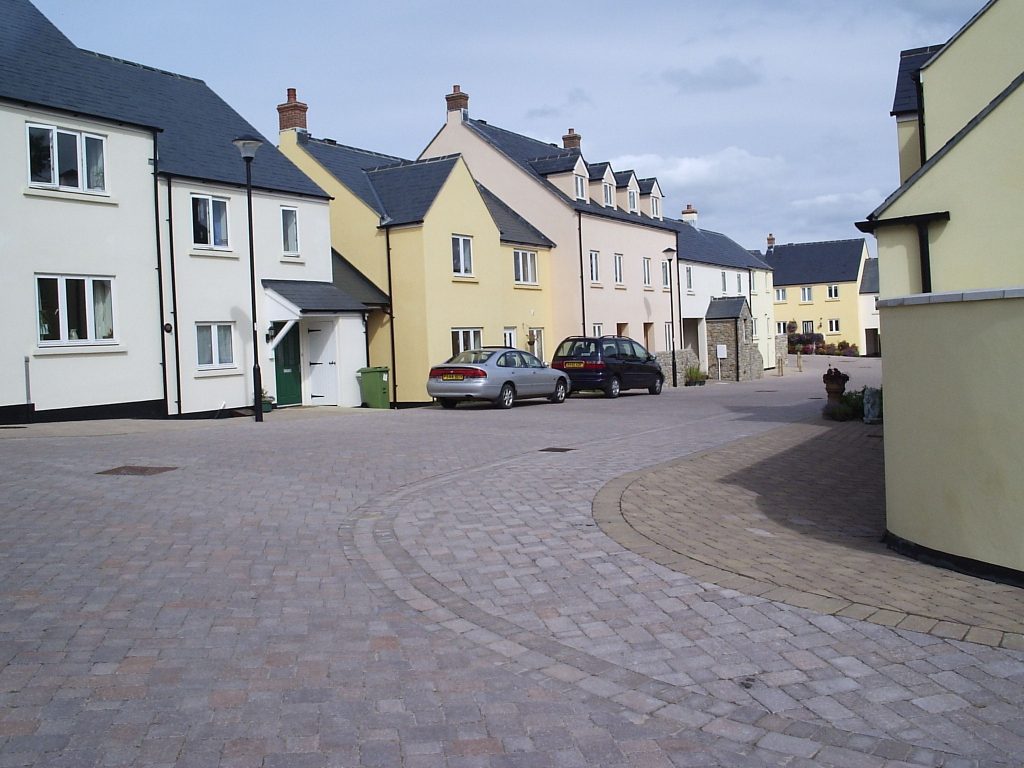Rebirth of the Home Zone
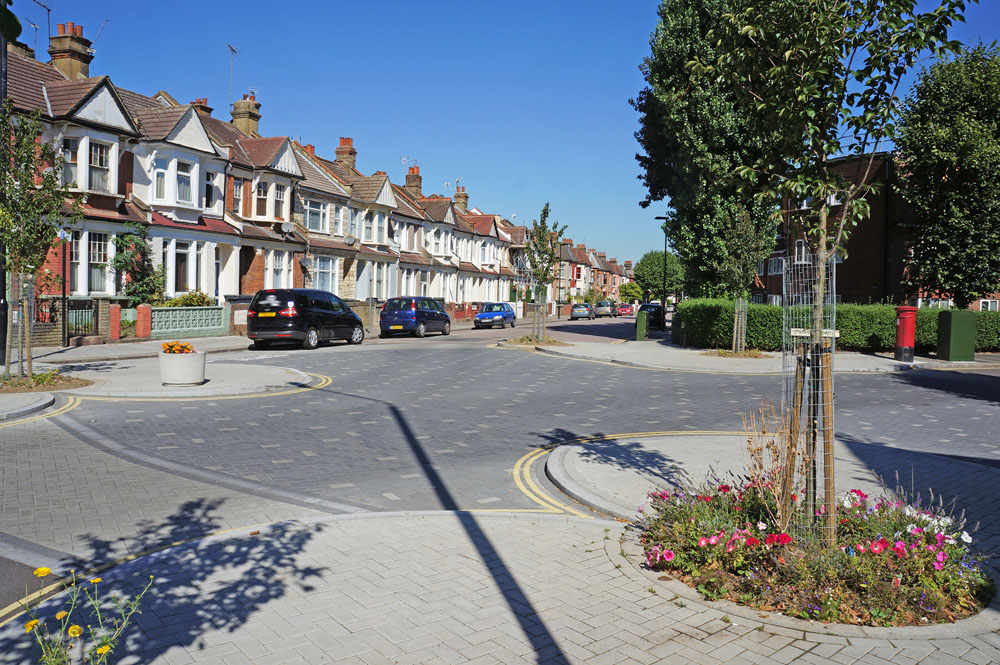
Several longer-term, wider issues considered important for some time – but left on the back-burner – are now re-surfacing, with the pandemic acting as a catalyst accelerating action. In particular, there is a new drive for walking and cycling to reduce obesity, and also address pollution and climate change resulting from car travel. The focus is now on low traffic neighbourhoods, avoiding rat-runs exacerbated by sat nav, and encouragement of outdoor activities. So, now is the time to revisit the home zone concept when designing new or regenerating existing housing.
Home Zones were first developed in the Netherlands during the 1960s – known as the ‘Woonerf System’ – forming an integral part of Dutch urban living. In the UK, the principles formed part of early local authority design guides, such as the Essex Design Guide, with examples in various towns and cities around the UK from the 1970s onwards. But, more recently, interest in the concept has dwindled to some extent with our continuing reliance on car travel.
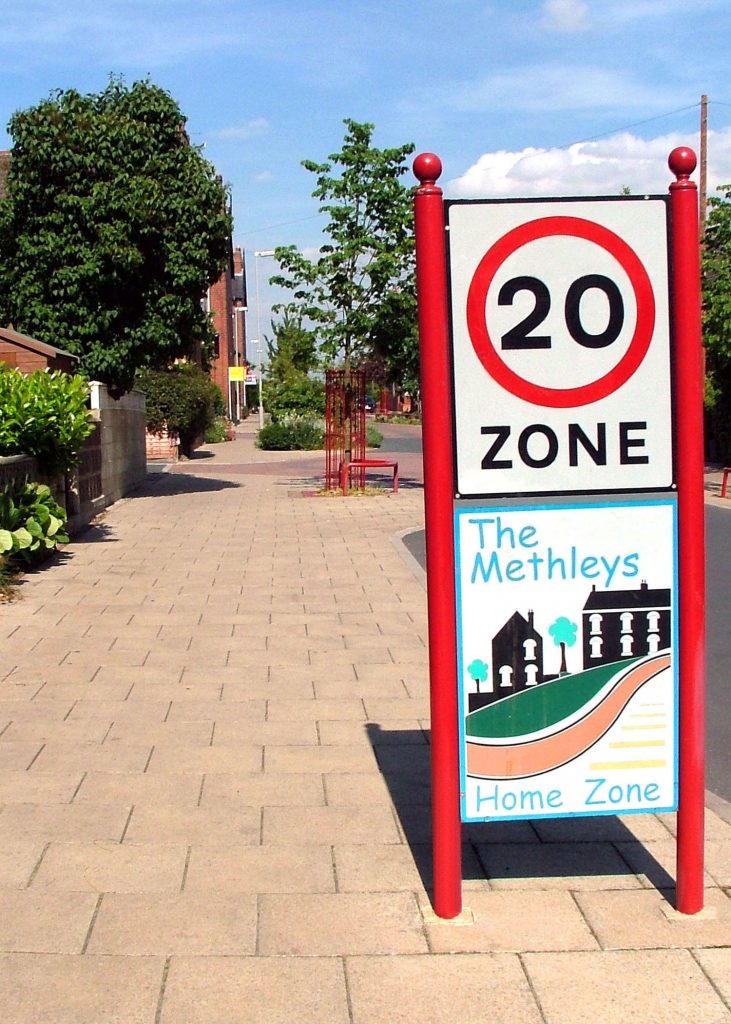
Quality of Life
Home Zones are residential streets or other external spaces within residential neighbourhoods where people and vehicles share the whole road space safely and on equal terms – although the motorist should feel like a ‘guest’ in the area. They are designed so that quality of life takes precedence over ease of traffic movement and they aim to promote neighbourliness and a sense of security. Other original aims of home zones – equally relevant today –
include encouragement of cycling and walking (rather than driving, so reducing congestion and pollution), inclusion of older residents within the community and improving ‘Liveability’, ‘Places for People’ and the appeal of urban environments.
Detailed guidelines have been made available on all aspects of Home Zones for new developments and existing communities from various organisations – including Interpave’s 2005 Home Zone Paving guide. With existing streets, the on-going and full participation of the local community is essential and how to successfully achieve this is dealt with in guidelines. Home Zones need to be designed as vibrant public spaces to accommodate play, exercise and relaxation by residents including children, the elderly and disabled people. They should be individually designed to give a sense of identity and community.
Material Character
The guidelines recognise that paving materials need to give each Home Zone visual appeal and definition of a specific character. Most of the paving in Home Zones will be shared surfaces but without traditional stepped kerbs to identify the carriageway. So, a variety of colours, patterns and textures is needed to clearly differentiate public from ‘private’ spaces and shared areas from non-vehicular, as well as identifying particular features.
Modular concrete block and flag paving offers this diversity while also providing a firm, even surface enabling ease of movement by wheelchair users and others. The use of contrasting materials – in both appearance and texture – are welcomed by the guidelines, particularly to help visually impaired people to negotiate streets. However, restraint is also needed to avoid a confusing, overpowering design balanced against avoiding a ‘wall-to-wall paving’ appearance.
Specific design features used in Home Zones include:
- Gateways – marking the entrance and exit with a distinctive change in surface material, perhaps linked to other features such as street furniture.
- Vehicle tracks – which should be as narrow as practicable but a minimum of 3m wide, with 4.5m minimum passing places if necessary.
- Parking areas – individual spaces should be clearly indicated and blocks of parking spaces used to break up and divert vehicle routes.
- Traffic calming devices – vertical features such as road humps, cushions and ramps should be used with care and may be difficult for some pedestrians using shared spaces. But horizontal features such as road narrowings and chicanes can be highly effective.
Modular Concrete Paving
Modular concrete paving is ideally suited, meeting the criteria set out in the guidelines including proven long-term performance, durability and minimal maintenance while offering endless variety in shape, scale, colour and texture. In terms of design, a wide choice of colours is available from Interpave members – ranging from vibrant to muted tones, as well as varied mixes of colours that can emulate other materials such as stone or clay. Surface treatments can also be applied to paving blocks, flags, kerbs and other products to give different textures, some exposing aggregates and others giving a weathered appearance.
In addition, different shapes and sizes, ranging from large flags to the smaller paving blocks, give the diversity called for in guidelines to suit the particular scales of different spaces. Despite the huge choice, precast concrete paved surfaces give consistent frictional characteristics and joint widths ensuring safety and ease of use by the whole community. All these attributes combine to enable designers to select paving styles ranging from traditional to contemporary, giving each Home Zone its own special character.
Low Intervention Changes
The concept of a uniform surface shared by people and vehicles is fundamental to Home Zones and modular concrete paving is ideally suited to both. In addition, weather-independent ‘dry’ construction methods optimise available working times to fit in with the requirements of residents. There are no curing delays before the paving can be used or noxious fumes as encountered with asphalt and, as only small plant and equipment is needed, noise and disturbance is minimised. Importantly in these uncertain times, modular concrete paving can be lifted and re-used for layout changes and new requirements or access to services.
With existing streets, the Home Zone surface will generally be created by raising the carriageway level up to meet the footway, eliminating stepped kerbs. This can be achieved economically with limited intervention using an overlay construction of modular concrete paving units. But there is a convincing case to consider concrete block permeable paving, a multifunctional SuDS technique providing an inherent drainage system that requires no additional land take for water storage. It also offers a range of additional benefits, including pollution removal – with a gradual supply of clean, treated water as an asset – and even potential for urban cooling.
Permeable Paving Innovations
The innovative concept of concrete block permeable paving overlays has already been used for existing streets to provide a well-drained surface level with the footway. But it opens up wider possibilities for all hard-surfaces, including those around existing housing. It also sets the bar for adaptable, multifunctional modular paving in new developments as well. With good design, this approach can meet the latest drive to encourage walking, cycling and social distancing – with minimal interventions and maximum flexibility – whilst reducing flooding, pollution and overheating.

